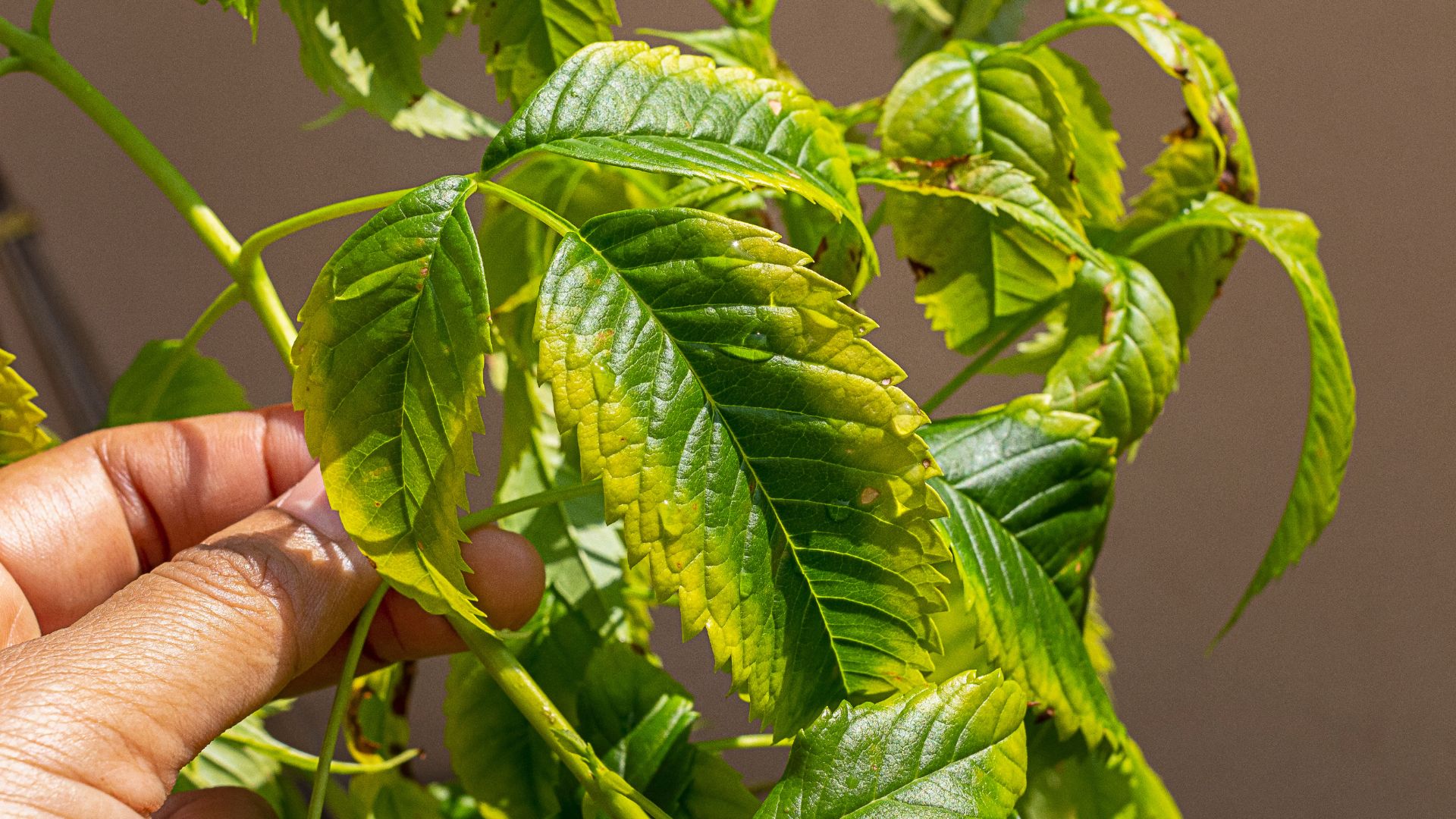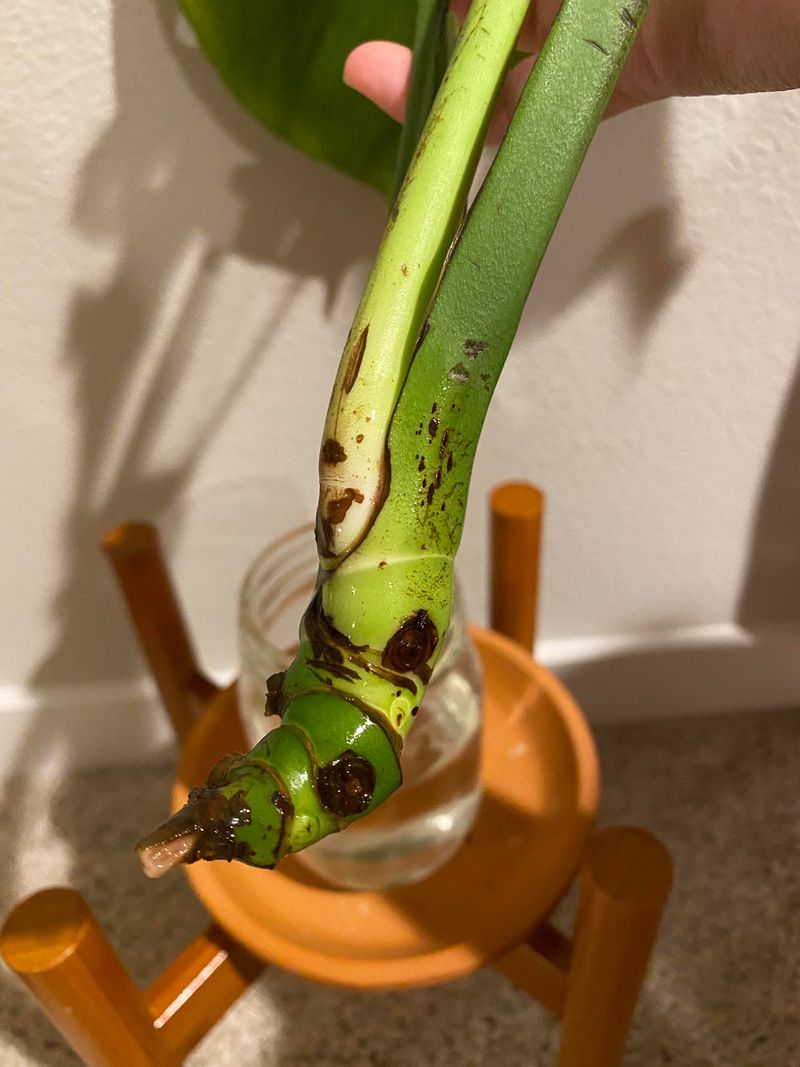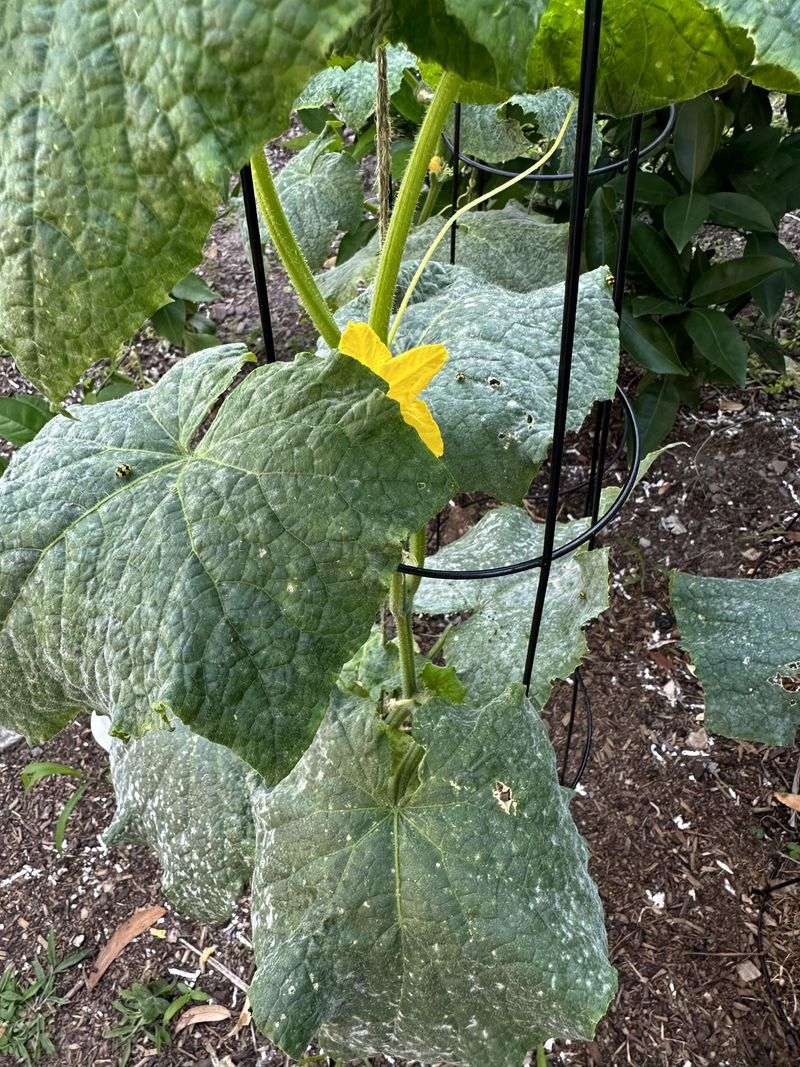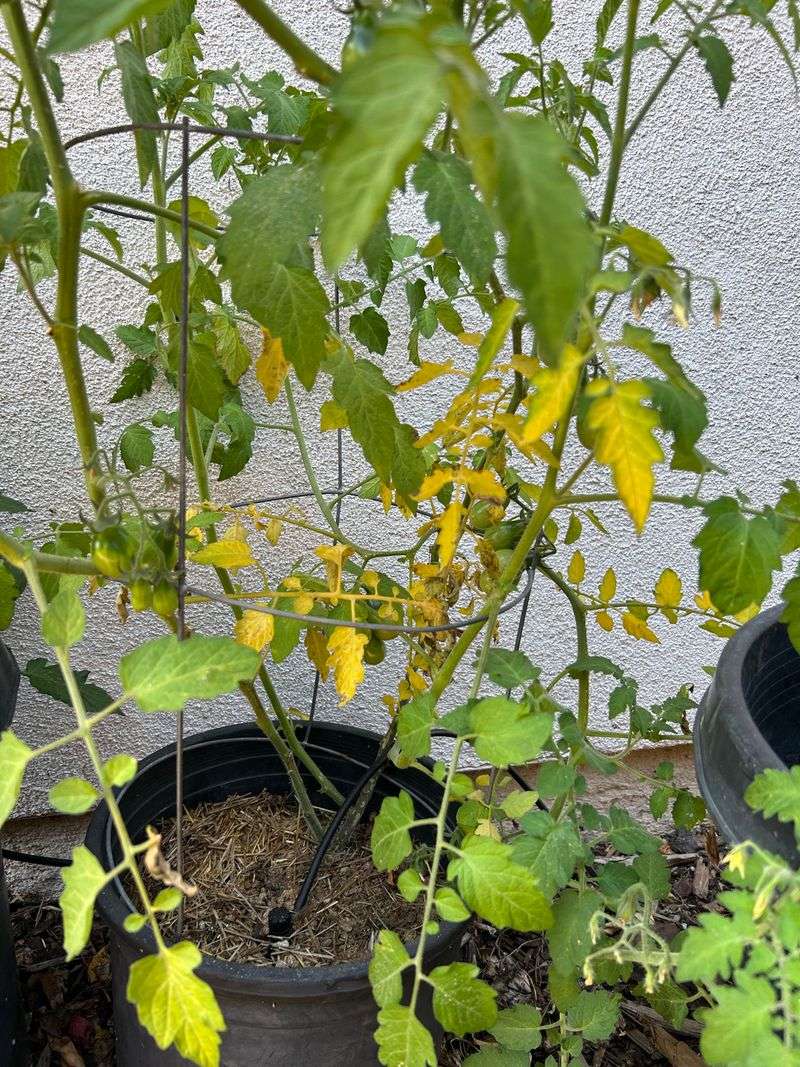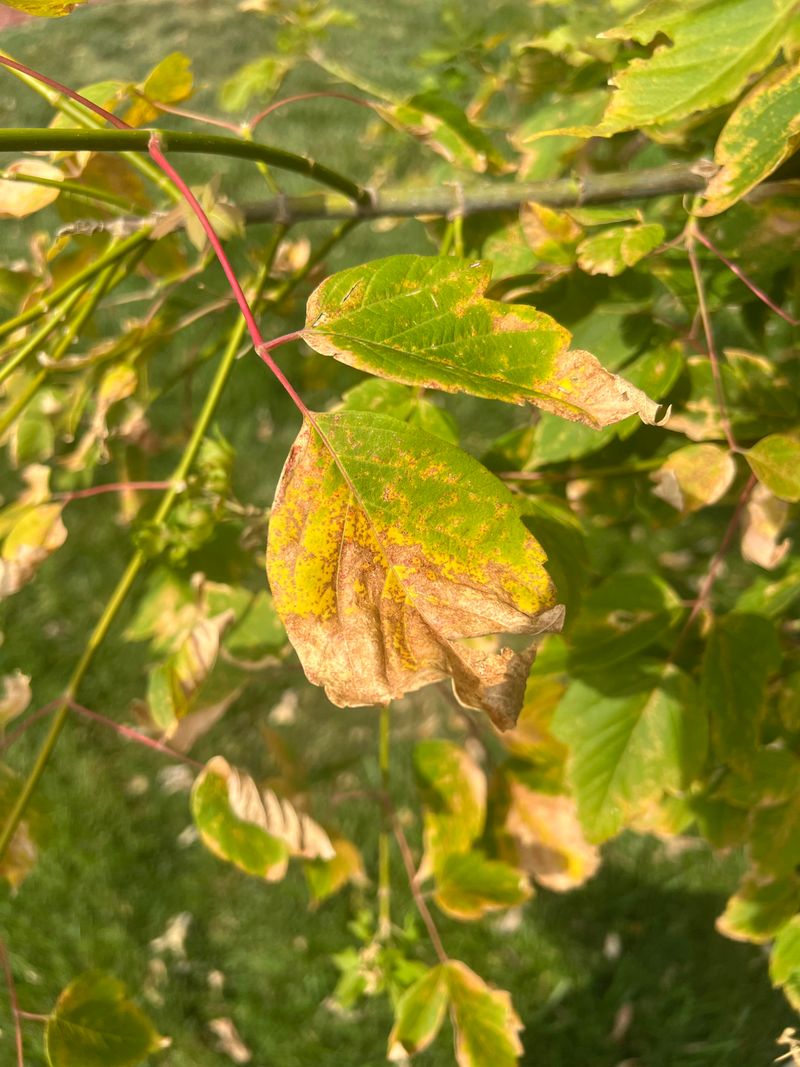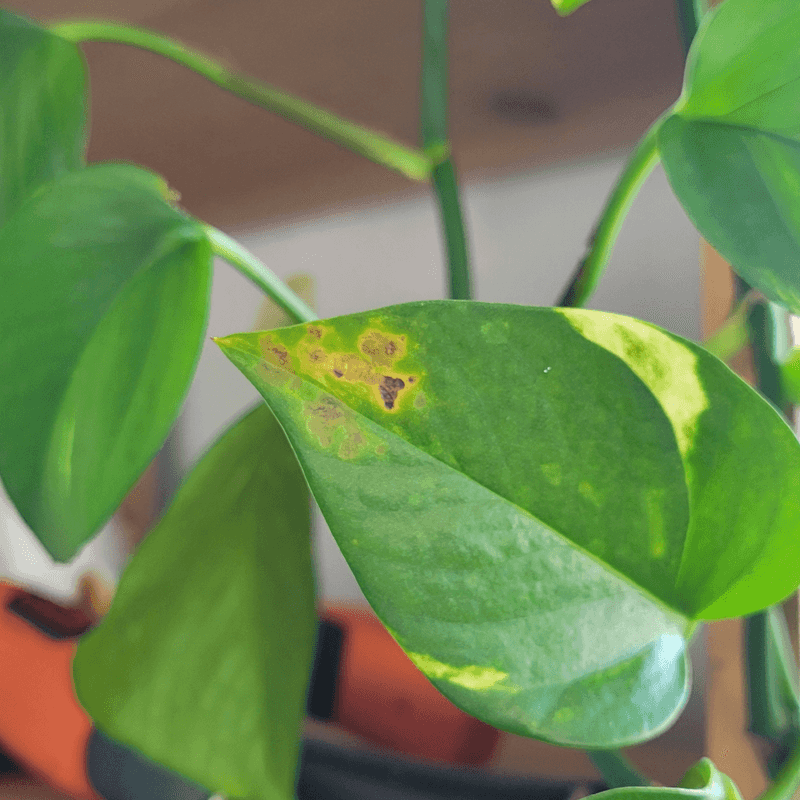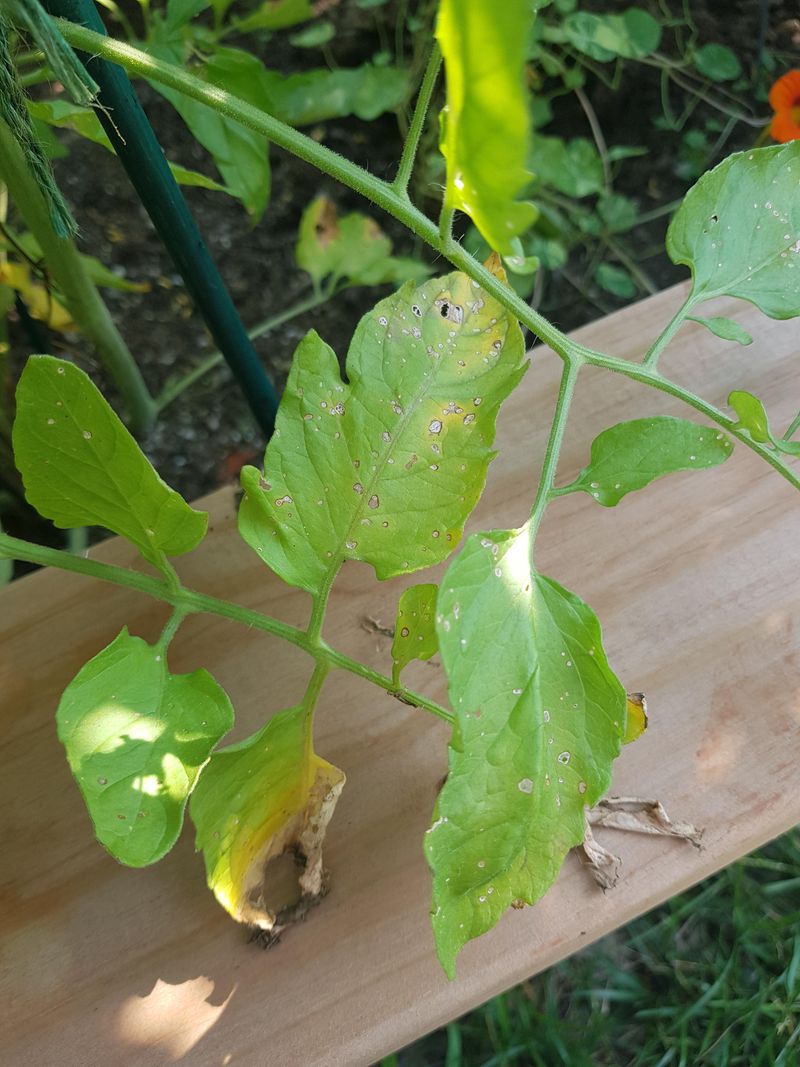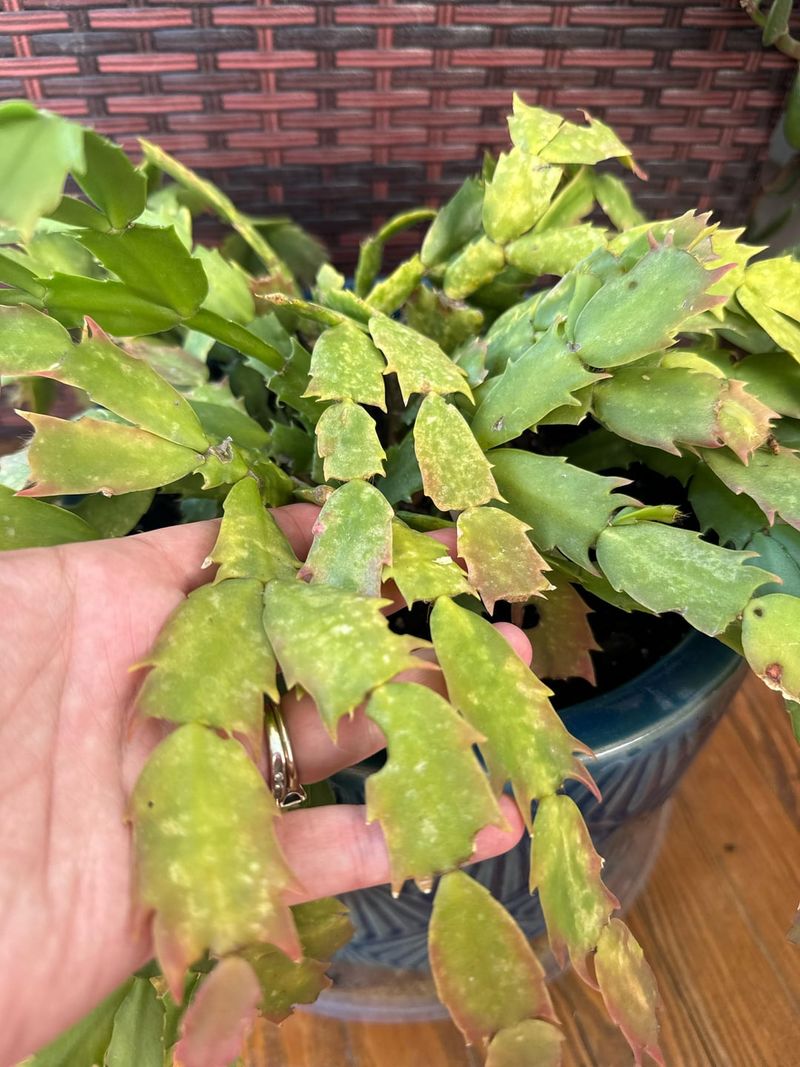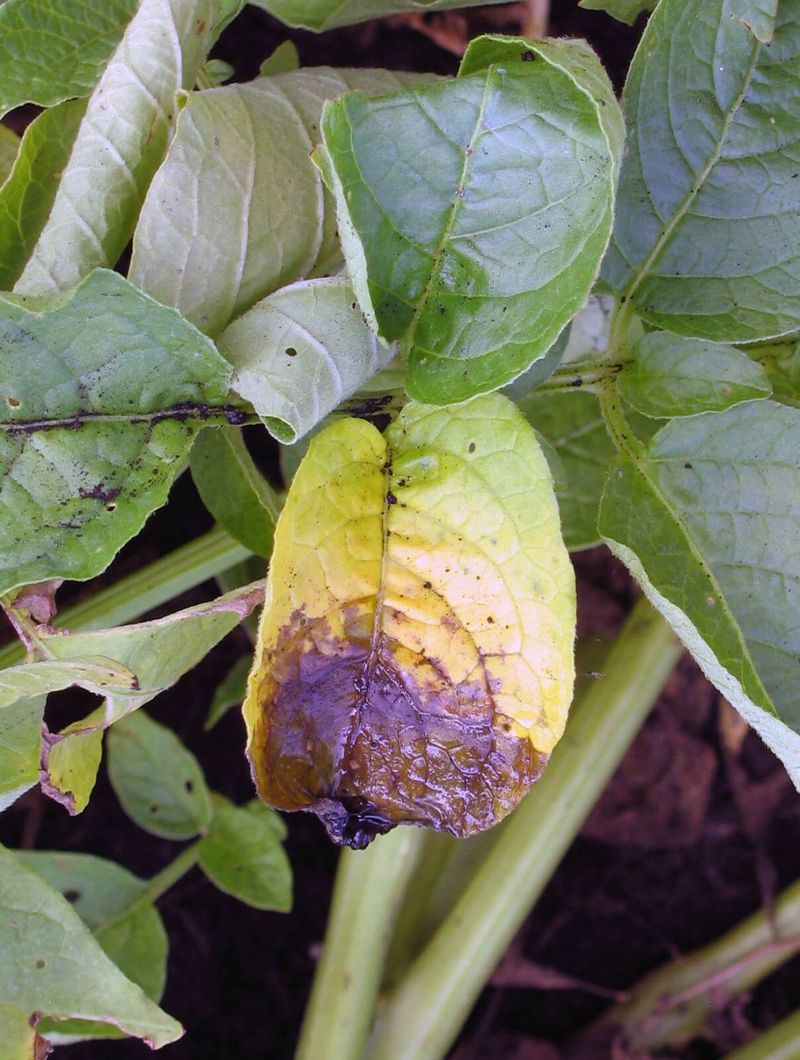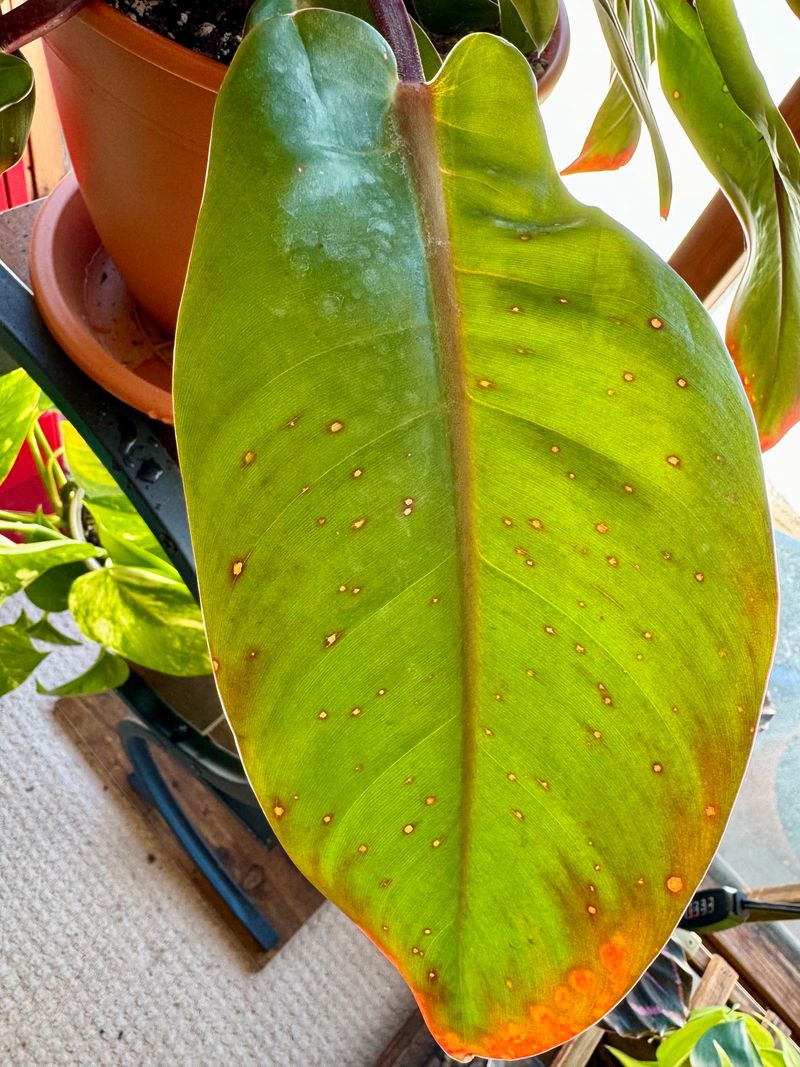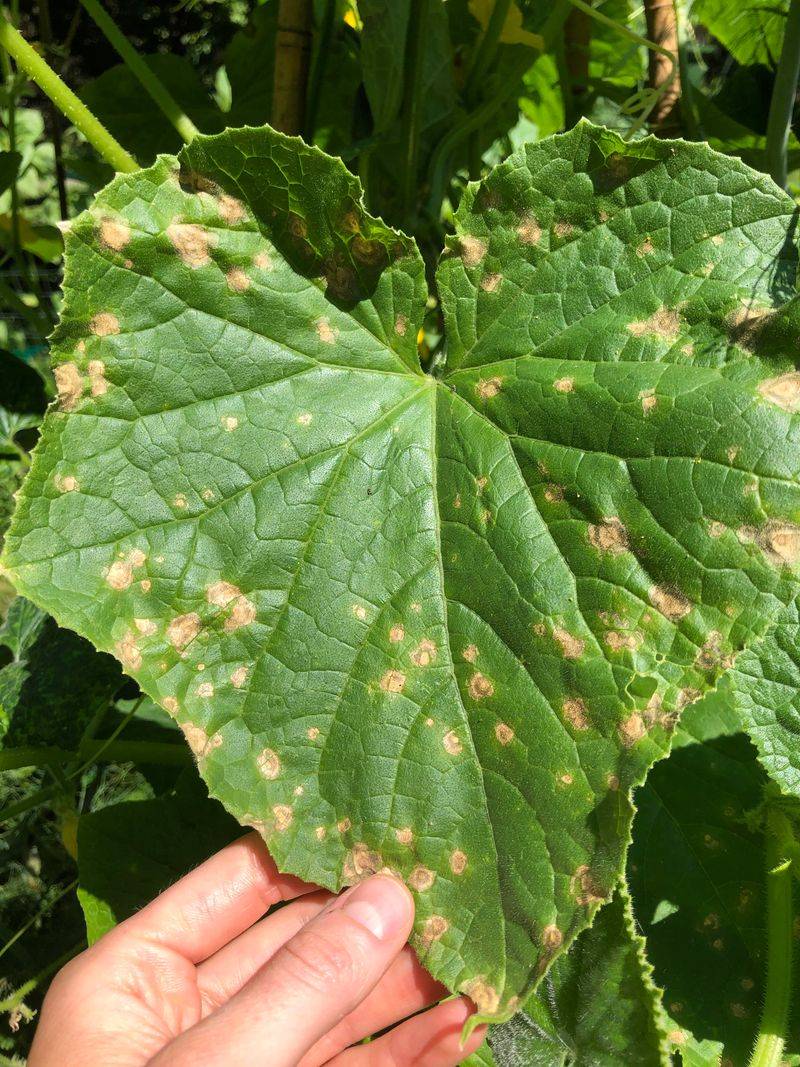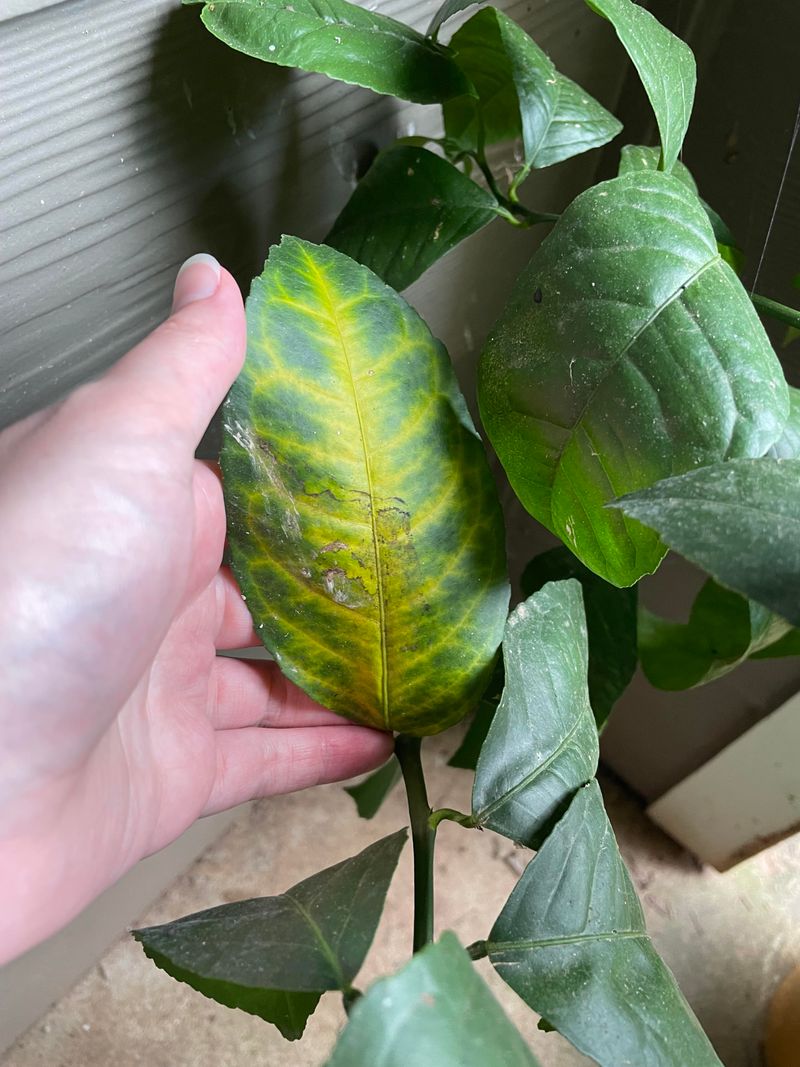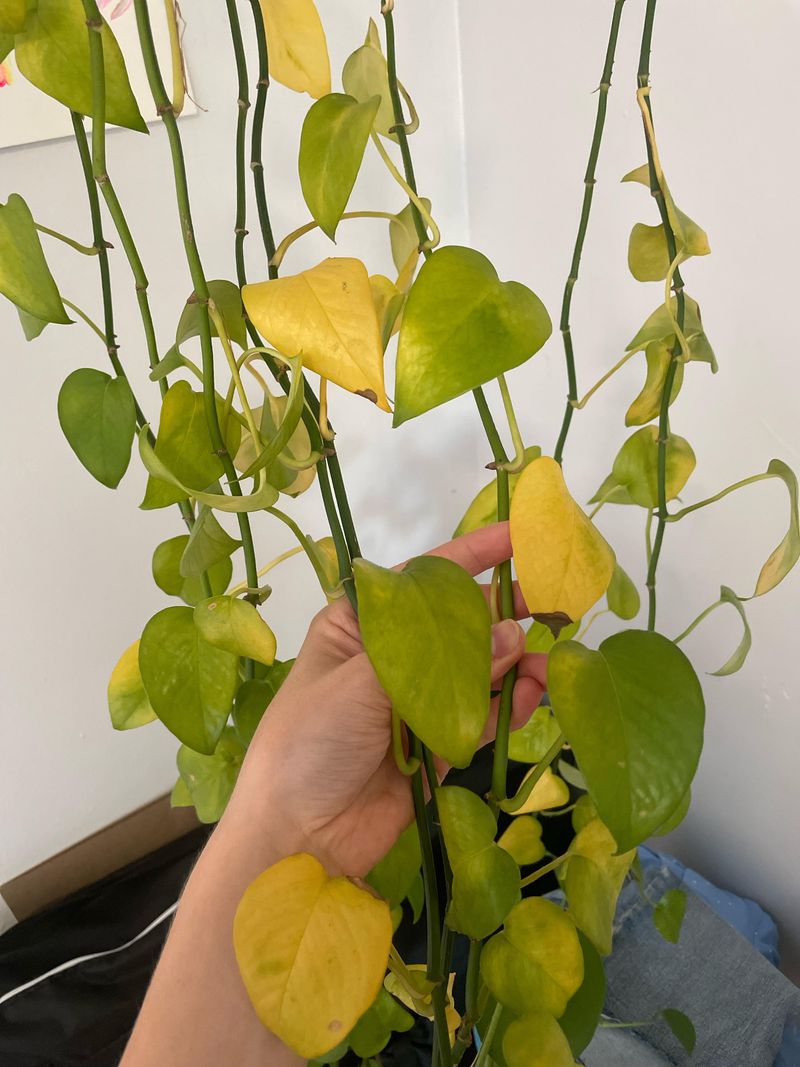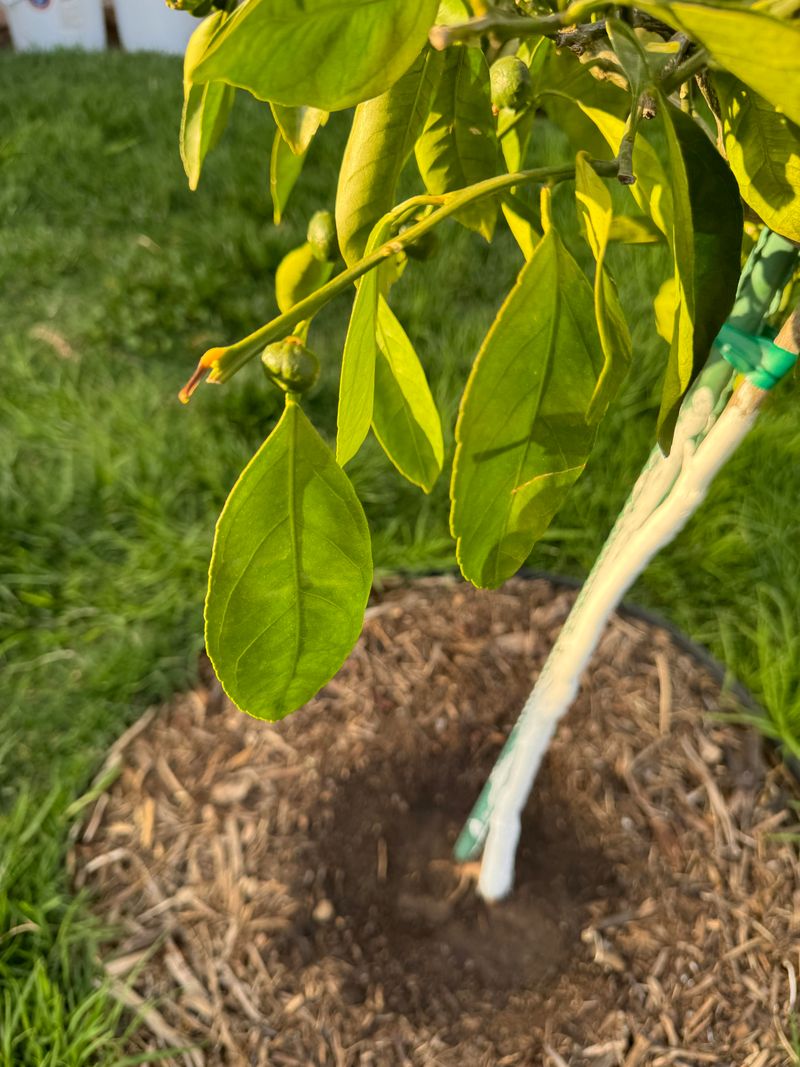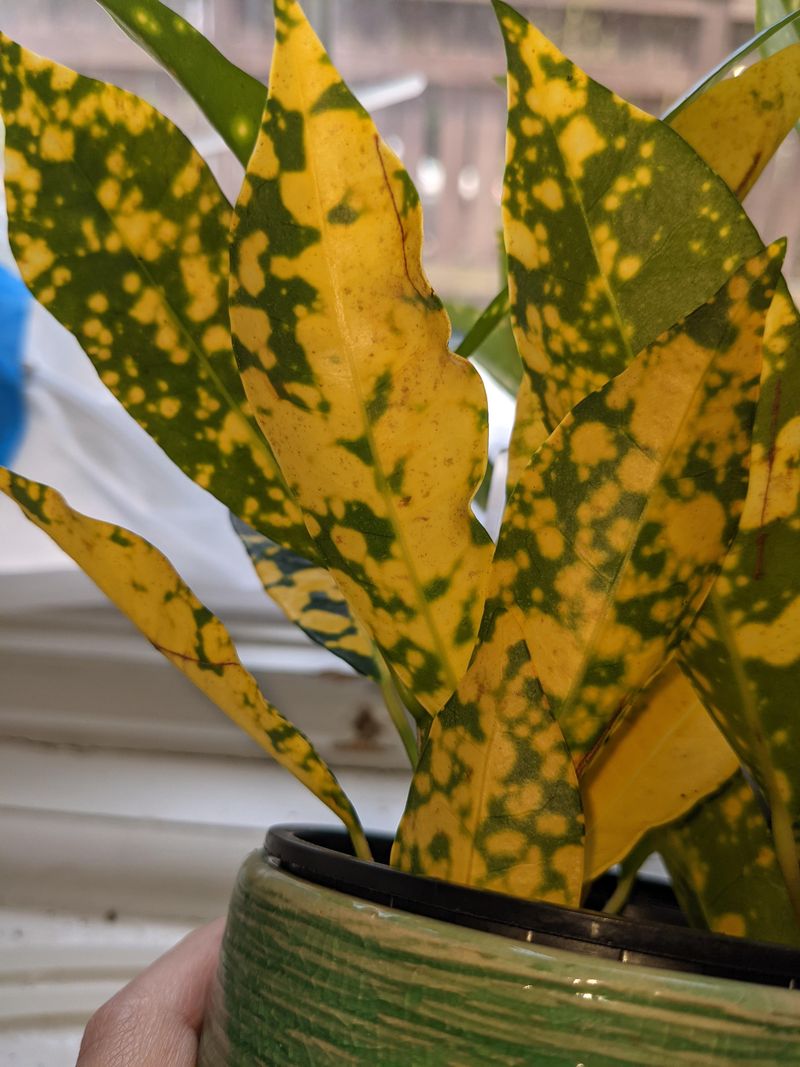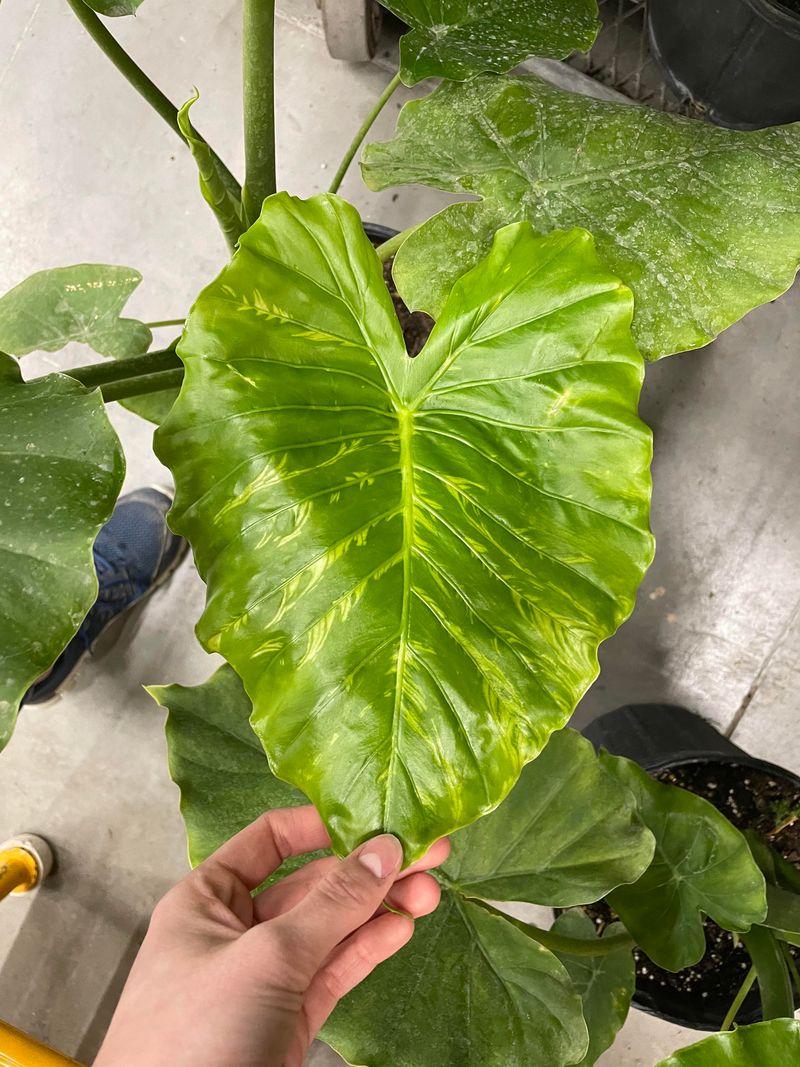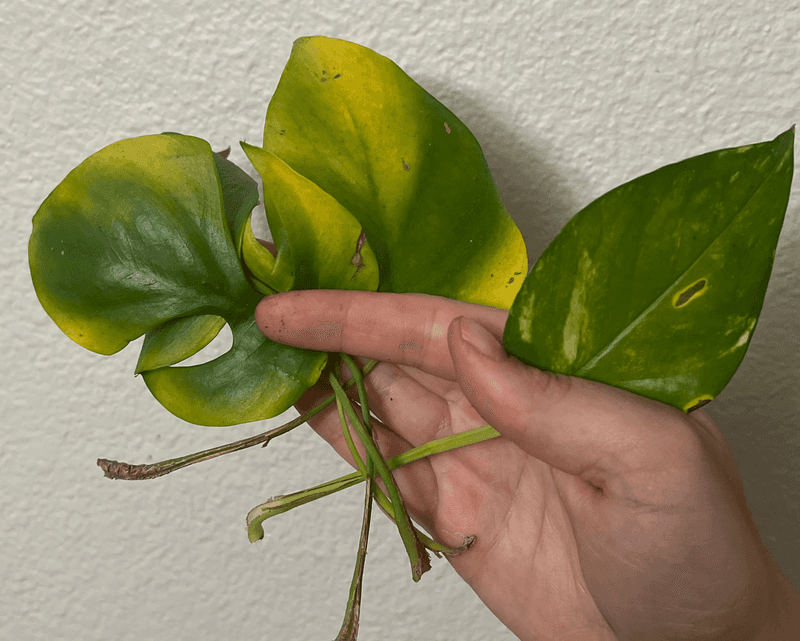Seeing yellow leaves on your plants can feel like a little heartbreak, especially when you’re not sure what’s causing it. I’ve been there—wondering if it’s too much water, not enough, or some sneaky disease creeping in.
But don’t worry, your plants are just trying to tell you something! With a bit of detective work and the right care, you can bring them back to their happy selves.
From root rot to viral infections, let’s find what might be going on and how you can nurse your plants back to health. After all, every plant deserves a second chance!
1. Root Rot
Have you ever wondered why your plant’s roots seem mushy and brown? Root rot might be the culprit. This silent killer lurks beneath the soil, often unnoticed until it’s too late.
By the time yellow leaves appear, the damage might be severe. Keeping your plant’s soil well-drained is crucial. If root rot strikes, consider repotting your plant in fresh soil.
I’ve found that trimming away the affected roots and reducing watering can sometimes save the day. It’s all about balance and paying close attention to your plant’s hydration needs.
2. Powdery Mildew
Who knew a white powder could cause such trouble? Powdery mildew coats your plant’s leaves in a ghostly film, stealing their vitality.
This disease thrives in dry conditions, making it a sneaky adversary. Regularly inspecting your plants and providing good air circulation can prevent this menace.
I’ve often heard that a mixture of water and baking soda can work wonders as a treatment. It’s a simple yet effective home remedy that can restore your plant’s health. Protecting your plants from powdery mildew is like giving them a breath of fresh air.
3. Downy Mildew
Picture your plant’s leaves dotted with yellow and gray spots. That’s downy mildew at work, a disease that thrives in humidity and dampness.
It’s the opposite of its powdery cousin and demands a vigilant eye. Ensuring your plants are not overcrowded can help keep this disease at bay.
I’ve noticed that using fungicides specifically designed for downy mildew can be a lifesaver. They act quickly to stop the spread, leaving your plants healthier and happier. Downy mildew may be persistent, but with care, you can overcome it.
4. Fusarium Wilt
Imagine your charming plant suddenly wilting, yellowing leaves drooping pitifully. Fusarium wilt might be the sneaky villain causing this distress.
This soil-borne disease blocks the plant’s water channels, starving it of life. Rotating crops and choosing resistant varieties can fend off this foe.
I’ve read that soil solarization can also be effective. By heating the soil with plastic, you can kill the lurking fusarium spores. It’s like giving your garden a fresh start, allowing your plants to flourish once more.
5. Verticillium Wilt
Ever noticed a plant suffering on one side, as though half of it has given up? Verticillium wilt may be the reason.
This disease attacks the vascular system, causing leaves to yellow and wilt unevenly. Removing infected plants and improving soil drainage can help.
I’ve learned that choosing plants with resistance to verticillium can save a lot of frustration. It’s a strategic battle in the garden, where the right choices lead to victory. Keeping an eye on your plants ensures they grow strong and resilient.
6. Bacterial Leaf Spot
Have you ever noticed mysterious dark spots appearing on your plant’s leaves? Bacterial leaf spot might be the culprit.
These water-soaked spots spread quickly, often turning yellow as they dry. Avoiding overhead watering can prevent this problem.
I’ve discovered that copper-based sprays are quite effective in managing this disease. By acting swiftly, you can protect your plants from further harm, keeping them beautiful and healthy.
7. Septoria Leaf Spot
Imagine spotting small, circular lesions on your plant’s leaves, spreading like freckles. That’s septoria leaf spot.
This disease loves tomato plants, causing leaves to turn yellow and fall off. Pruning affected leaves and ensuring good air circulation can help.
I’ve read that a homemade remedy of neem oil can be effective. Applying it regularly keeps the disease in check, allowing your plants to thrive. Keeping those tomatoes juicy and free from spots is a gardener’s delight.
8. Anthracnose
Sunken, dark lesions on your plant’s leaves can be a sign of anthracnose, a disease that affects many plants.
Thriving in warm, humid climates, it can spread rapidly. Regular pruning and keeping leaves dry can protect your garden.
I’ve found that choosing resistant plant varieties can be a wise investment. By staying vigilant, you can keep anthracnose at bay, ensuring your plants remain healthy and beautiful.
9. Botrytis Blight (Gray Mold)
Ever seen a gray fuzz invading your plant’s flowers? That’s Botrytis blight, also known as gray mold.
This disease thrives in cool, damp conditions, attacking flowers, leaves, and stems. Proper spacing and airflow can deter its spread.
I’ve heard that removing affected parts immediately and using fungicides can be crucial. It’s like playing detective, tracking down the mold before it takes over. Your garden’s beauty deserves this level of care.
10. Rust Disease
Think of the stress of discovering rust-colored pustules on your plant’s leaves. Not a great feeling, right? Rust disease might be the culprit behind this unsightly problem.
These spores thrive in moist, windy environments, spreading quickly across your garden. Removing infected leaves and improving air circulation can help contain it.
I’ve learned that fungicides designed for rust can be effective when applied early. It’s a persistent enemy, but with vigilance, your plants can shine bright and healthy once more.
11. Cercospora Leaf Spot
Have you ever seen tiny, dark spots scattered across your plant’s leaves? Cercospora leaf spot may be the offender.
This fungal disease loves warm, wet conditions, leaving leaves yellow and spotted. Removing affected leaves and promoting airflow can aid recovery.
I’ve noticed that fungicides containing chlorothalonil are particularly effective. They halt the spread, giving your plants a fighting chance. Your garden’s vitality is worth the effort.
12. Southern Blight
Have you ever seen your plant’s stem suddenly collapse, covered in white fungus? Southern blight might be the culprit.
This aggressive disease thrives in hot, humid conditions, attacking the plant at its base. Removing infected plants and using mulch can protect others.
I’ve found that treating the soil with fungicides can be a critical step. It’s like giving your garden a protective shield, ensuring your plants stay robust and lively.
13. Alternaria Leaf Spot
Have you ever noticed concentric rings on your plant’s leaves, looking like bullseyes? Alternaria leaf spot might be at work.
This disease affects many vegetables, causing leaf discoloration and decay. Removing affected leaves and ensuring proper spacing can help control it.
I’ve discovered that copper-based sprays can be quite effective. They act like a shield, protecting your plants from further damage. Your veggie patch deserves this extra care.
14. Phytophthora Root Rot
Have you ever noticed your plant wilting despite a swampy environment? Phytophthora root rot might be the menace.
This disease destroys roots, leaving them dark and slimy. Improving soil drainage and using resistant plant varieties can stave off this threat.
I’ve learned that fungicides formulated for phytophthora can be lifesavers. They work diligently to protect your plants, keeping your garden flourishing.
15. Chlorosis (Nutrient Deficiency)
Ever noticed your plant’s leaves turning yellow between the veins? Chlorosis, a nutrient deficiency, might be the cause.
This condition signals a lack of essential nutrients, like iron or magnesium. Feeding your plants with a balanced fertilizer can solve this issue.
I’ve discovered that testing the soil and adjusting the pH can work wonders. It’s like giving your plants a nutritional boost, ensuring they grow healthy and green.
16. Overwatering Stress
Ever thought that giving your plant too much love could harm it? Overwatering stress might be the unexpected issue.
Too much water can suffocate roots, causing leaves to turn yellow. Allowing the soil to dry out between watering can prevent this.
I’ve found that checking soil moisture before watering is key. It’s a simple practice that ensures your plants get just the right amount of care, keeping them happy and thriving.
17. Underwatering Stress
Have you ever noticed your plant looking droopy and yellow despite your care? Underwatering stress might be the hidden culprit.
Lack of water causes leaves to wilt and yellow, signaling distress. Regularly checking soil moisture and watering adequately can prevent this.
I’ve learned that setting a watering schedule helps maintain consistency. It’s a small change, but it makes a big difference in your plant’s happiness. Your green companions deserve this attention.
18. Pest Damage (Aphids, Spider Mites)
Ever found tiny holes or webbing on your plant’s leaves? Pests like aphids and spider mites might be the troublemakers.
These critters feast on your plants, causing yellowing and distress. Regularly inspecting your plants and using insecticidal soap can keep them at bay.
I’ve discovered that introducing beneficial insects, like ladybugs, can also be effective. They act as natural predators, preserving your garden’s harmony and health.
19. Viral Infections (Mosaic Virus)
Have you ever noticed a plant’s leaves sporting a strange mosaic pattern? Viral infections like mosaic virus might be at play.
This virus causes mottled yellow and green leaves, stunting growth. Removing infected plants and practicing good hygiene can prevent its spread.
I’ve found that choosing virus-resistant varieties can make all the difference. It’s a proactive step to ensure your garden remains pretty and full of life.
20. Excessive Fertilization
You think that more fertilizer means healthier plants? Think again. Excessive fertilization can scorch leaves, turning them yellow and crispy.
This condition results from overloading the soil with nutrients, overwhelming the plant. Using fertilizers sparingly and testing soil needs can prevent this.
I’ve learned that following the product’s instructions and monitoring plant response keeps them safe. Your plants deserve the right balance for optimal growth, not a nutrient overload.

